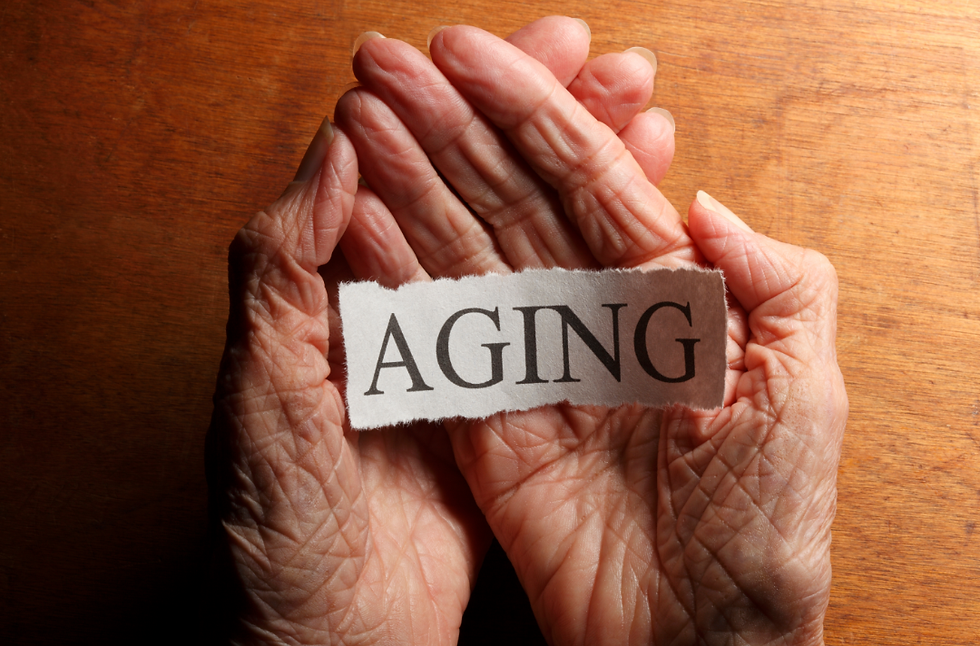Scoliosis: How Can Physiotherapy Help?
- Carlona Nazareth

- Feb 14
- 2 min read
Scoliosis is a structural deformity of the spine, where the normal straight alignment changes into an S- or C-shaped curve. The spine curves sideways, most commonly during adolescence, and the curves may increase as the person grows. In most cases, scoliosis is mild and can be treated conservatively. However, in severe cases, it may worsen and lead to complications, requiring medical interventions, including surgery.

Does scoliosis have symptoms?
In most cases, scoliosis does not cause symptoms, but certain signs can be identified through X-rays or physical assessment, including:
• Uneven shoulders
• One shoulder blade appears more prominent than the other
• The rib cage on one side protruding beyond the body’s midline
• One hip is positioned higher than the other, affecting walking patterns
• One side of the back appears more forward than the other
In many cases, scoliosis also involves spinal rotation or twisting in addition to the side-to-side curvature. In severe cases, the spinal curve can compress the chest wall, affecting lung expansion and making breathing difficult. It may also impact other nearby organs.
Scoliosis can lead to complications such as back pain and breathlessness. Additionally, it may lower self-confidence due to visible structural differences in posture.
The majority of scoliosis cases are idiopathic, meaning the exact cause is unknown. However, it may be hereditary or result from birth defects affecting spinal bone development.
In mild cases, scoliosis may not require medical treatment. However, physiotherapy can help prevent further progression of spinal curvature. X-rays are used to monitor the condition and ensure that the curvature does not worsen over time.
Role of physiotherapy
A physiotherapist assesses spinal alignment and helps manage any symptoms associated with scoliosis.

Postural Correction:
A brace may be recommended, along with postural correction techniques, to maintain proper spinal alignment while sitting, walking, or standing.
Strengthening and Stretching Exercises:
Exercises are prescribed to strengthen muscles around the spinal curves, while gentle stretches help relax tight muscles on the opposite side.
Breathing Exercises:
Patients are taught breathing techniques, including manual therapy to depress the elevated side of the rib cage, ensuring optimal lung function.
Postural Awareness:
Physiotherapists help patients understand their posture, advising on weight distribution and ways to offload excessive strain from one side of the body.
Ergonomic Advice:
Lifestyle modifications, such as proper ways to carry bags, bend, and lift objects, along with taking breaks from prolonged positions, help reduce spinal strain.
In most cases, these physiotherapy techniques can effectively manage scoliosis. However, if the curvature continues to progress, further medical intervention may be necessary.
Scoliosis can cause complications like back pain and difficulty breathing. It may also decrease self-confidence due to noticeable posture changes. Physiotherapy can aid in preventing further progression of the spinal curvature.



Comments